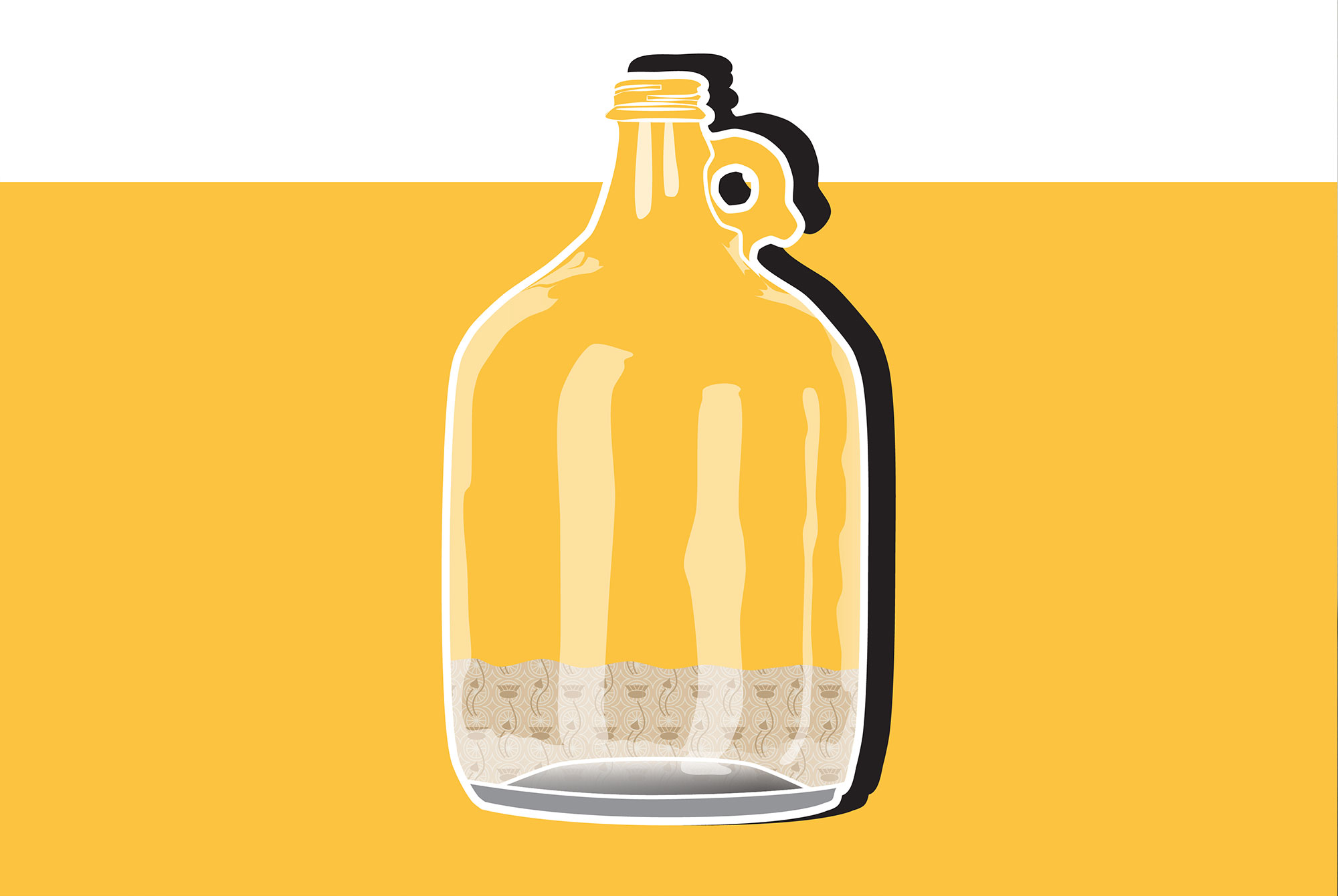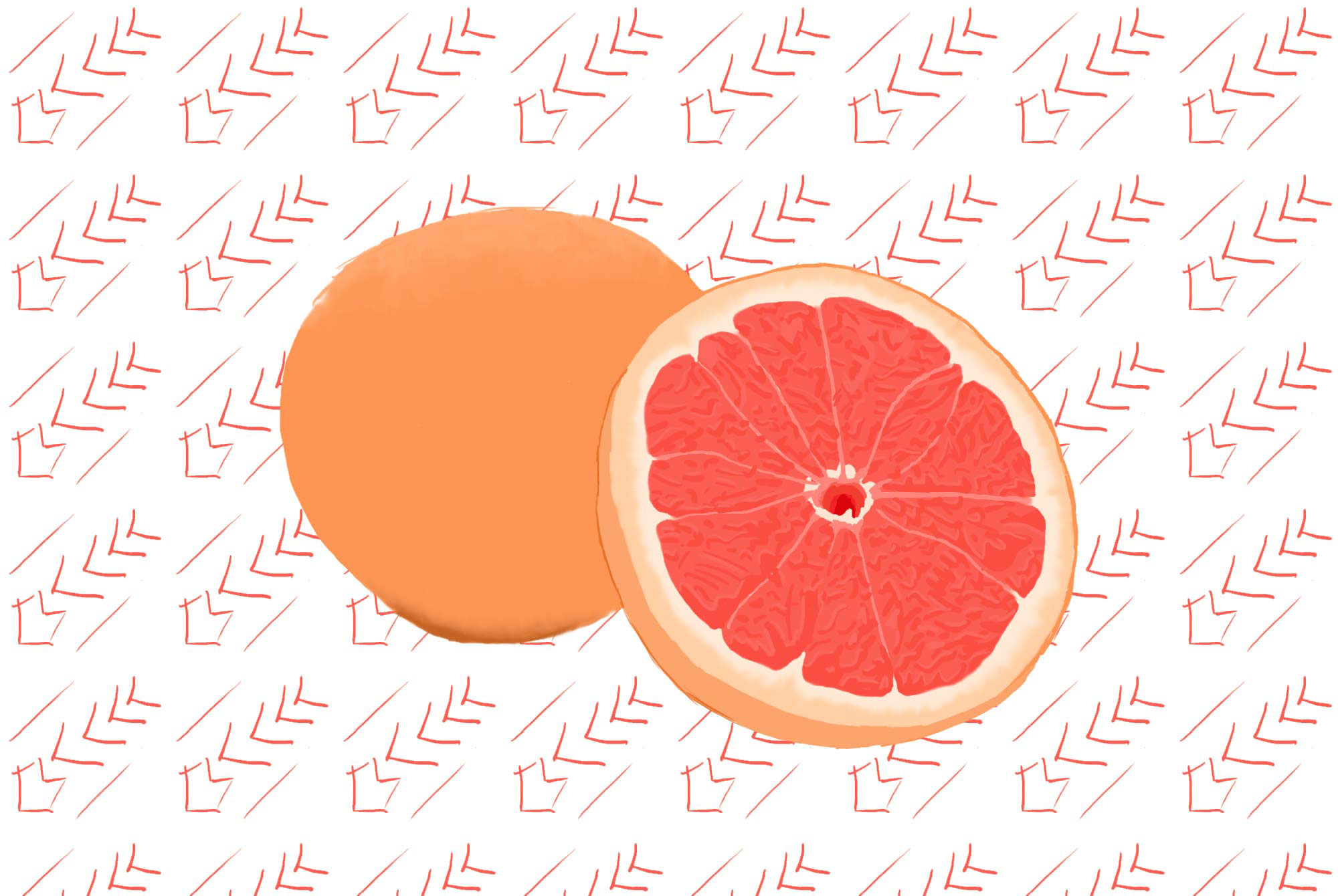Shop
What Exactly Is Trub, the Grossest Part of Brewing?
Ever wonder what happens to all the ingredients that don't become beer?
Most homebrewers will be familiar with trub. For those of you who have yet to drive into the gloriously rewarding money pit of homebrewing, trub is a byproduct of the brewing process. As fermentation occurs, a layer of sediment forms at the bottom of the fermentation vessel. This sediment comprises all the unfermentable products in wort such as fats, proteins, hops, and dead yeast. The yeast layer is known as the lees; however, as everything at the bottom of the fermentation vessel coagulates and lumps together, the lees become part of the trub.
The amount of trub that accumulates at the bottom of the fermentor varies depending on style and ingredients. For example, an excessively dry-hopped double IPA brewed with a large percentage of oats and wheat will have a greater amount of trub than a lager brewed with hop extract. The oats and wheat can improve multiple characteristics of the final product, such as mouthfeel and head retention, but they also leave behind more unfermentable byproducts and proteins than base malt. These, like the hops, settle out and accumulate at the bottom of the vessel also become part of the trub.
When racking beer from a fermentor, great care is taken not to disturb the trub as it can negatively affect the beer post-primary fermentation. The inactive yeast can autolyze and cause off flavors or the hops can clog up your racking arm leading to an afternoon of frustration and agony while you try to clean the damn thing so you get your finished beer into the keg where it belongs.



